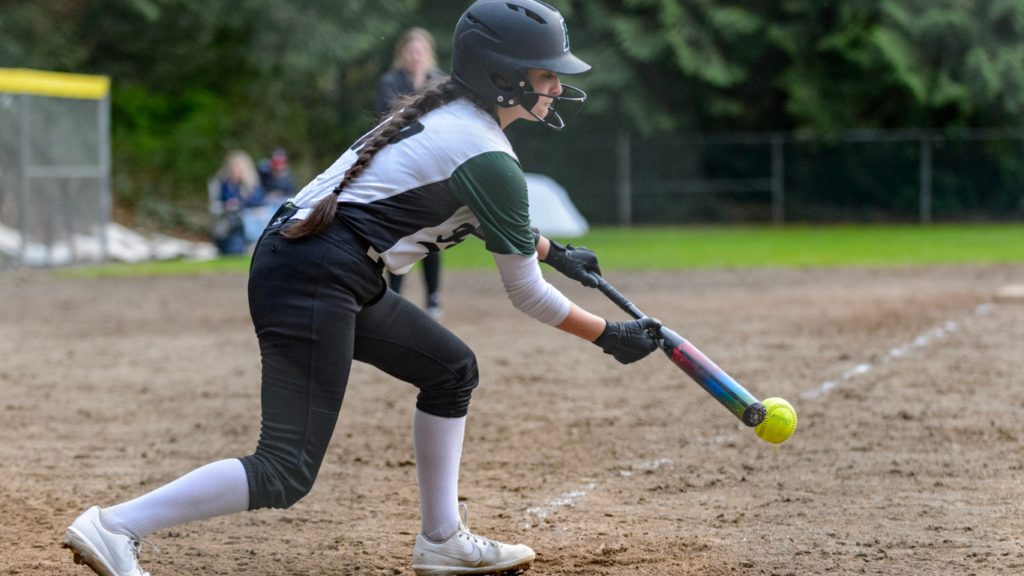Overview of Women’s Sports Evolution
Women’s sports have evolved significantly, driven by formidable athletes who defy societal expectations. In the early 20th century, female participation was limited, often restricted to less rigorous activities. By the mid-century, however, pioneers like Babe Didrikson Zaharias demonstrated that women could excel in competitive sports. Her achievements in multiple disciplines shattered stereotypes about female capability.
The passage of Title IX in 1972 marked a turning point. This legislation mandated equal access to sports for women in educational institutions, resulting in increased participation at school and college levels. Consequently, more women joined sports teams, leading to a rise in competitive female athletes.
In recent decades, major international events spotlight women’s achievements. The FIFA Women’s World Cup and the Olympics became platforms where female athletes showcased their talent on the global stage. Each event highlighted not only skill and tenacity but also the growing popularity of women’s sports.
Technological advancements have also played a role. Enhanced training techniques and improved equipment have enabled female athletes to reach new performance heights. Additionally, media coverage has broadened, helping to amplify their stories and achievements.
Social media, too, has significantly impacted this evolution. Athletes can now connect directly with fans, sharing insights into their journeys and inspiring wider audiences. This direct communication fosters a deeper appreciation for the challenges and successes faced by female athletes.
Economic investment in women’s sports is increasing. Sponsorship deals and media rights continue to grow, reflecting the expanding audience and demand for women’s sports content. This investment boosts not only individual athletes but also entire leagues and sports organizations.
The evolution of women’s sports underscores a societal shift towards gender equality. As barriers continue to fall, female athletes set new records, driving a positive change and inspiring future generations to pursue their sporting aspirations.
Breaking Barriers in Women’s Sports

Women in sports have consistently broken barriers, challenging stereotypes and building a legacy of resilience. These achievements compel further progress, inspiring new generations to redefine what’s possible.
Historical Milestones
Key historical milestones mark the evolution of women’s sports. Title IX’s passage in 1972 demanded gender equality in educational sports, significantly boosting female participation. The Olympics introduced women’s events like the marathon in 1984, further expanding opportunities. The Women’s World Cup debuted in 1991, elevating soccer’s global appeal and giving a stage to women athletes.
Pioneering Athletes
Pioneering athletes have led the charge for women’s sports. Babe Didrikson Zaharias excelled in multiple sports, setting a precedent for versatility. Billie Jean King, through her “Battle of the Sexes” tennis match in 1973, highlighted gender discrimination issues and advocated for equal prize money. More recently, Serena Williams has redefined tennis with her dominance, advocating for gender equality and influencing diverse young athletes.
Record-Breaking Achievements
In recent years, women in sports have delivered some of the most astonishing performances, writing new chapters in athletic history. These achievements mark an era where female athletes increasingly captivate audiences and defy previous limitations.
Notable Performances
- Many standout performances have captured the world’s attention.
- In 2020, Kenyan runner Brigid Kosgei shattered the marathon world record, a 16-year-standing record, with a time of 2:14:04 in Chicago.
- Another iconic achievement came from Simone Biles, who not only became the most decorated gymnast in World Championship history by 2019 but also introduced groundbreaking moves now named after her.
- Female athletes in various sports continue to push the envelope and redefine what is possible.
Influence of Major Competitions
- Major competitions play a pivotal role in women’s sports visibility and recognition.
- Events like the FIFA Women’s World Cup have not only spotlighted individual talent but also driven societal discussions on gender equality in sports.
- With the London 2012 Olympics, women participated in all sports for the first time, illustrating an essential step toward inclusion.
- These international platforms enable female athletes to showcase their skills on the world stage and set new standards for future generations.
Impact on Society
Women’s sports have transformed societies by challenging norms and redefining roles. As female athletes gain prominence, they drive positive societal changes and inspire wider inclusivity.
Empowerment and Representation
Women’s sports foster empowerment by challenging gender stereotypes and offering vital representation. When young girls see athletes like Simone Biles and Megan Rapinoe succeed, they envision possibilities for themselves. This representation not only inspires but also promotes confidence and ambition among women and girls globally. Successful female athletes become role models, proving that talent and determination aren’t restricted by gender.
Economic and Media Influence
The economic impact of women’s sports has grown significantly, with increased viewership and sponsorships fueling investment. Companies now recognize the value of aligning with women’s sports as their audience expands, driving a surge in sponsorship deals and advertising. Media coverage has similarly broadened, offering platforms for athletes to highlight their stories and achievements. As more broadcasters cover women’s sports, public interest rises, leading to better visibility and support for female athletes. This cycle not only boosts the economic landscape but also changes societal perceptions of women in sports.





